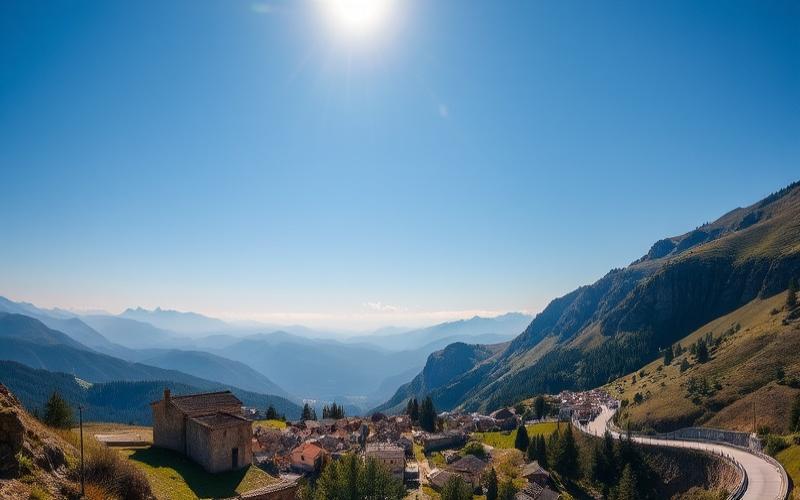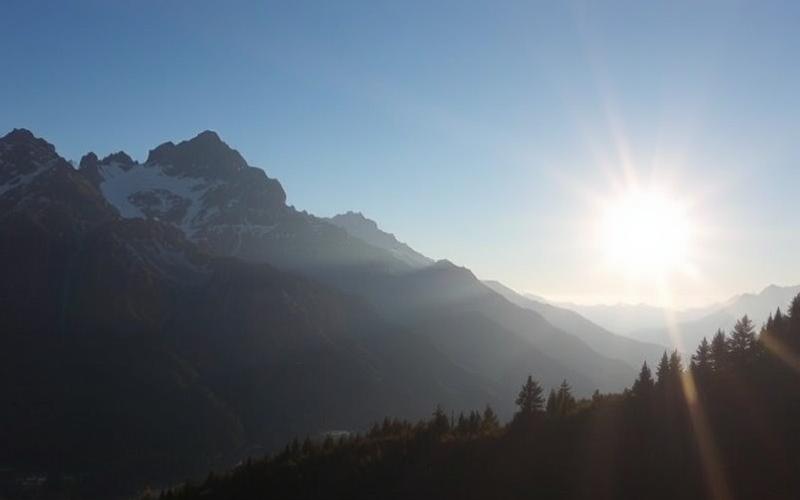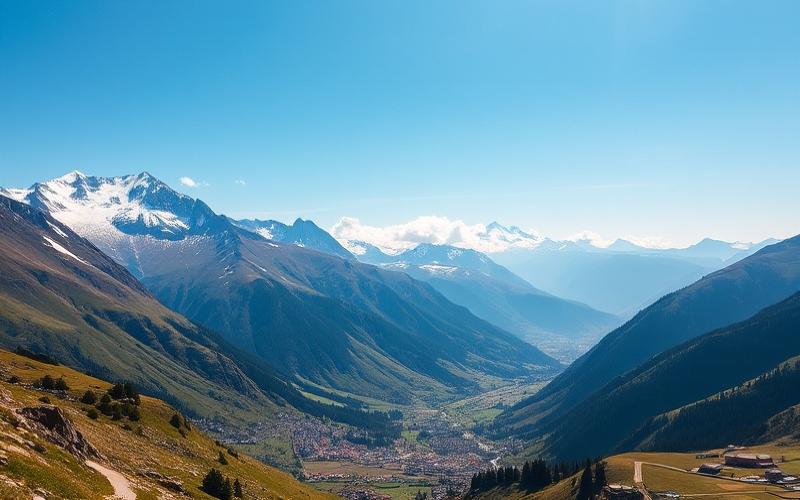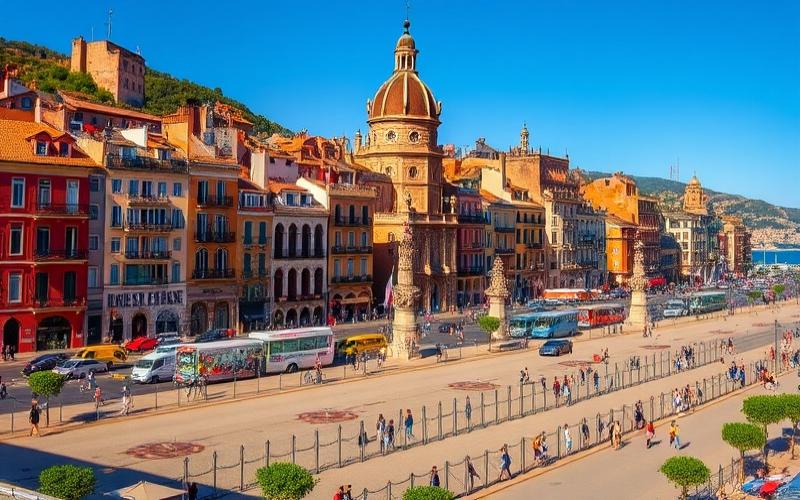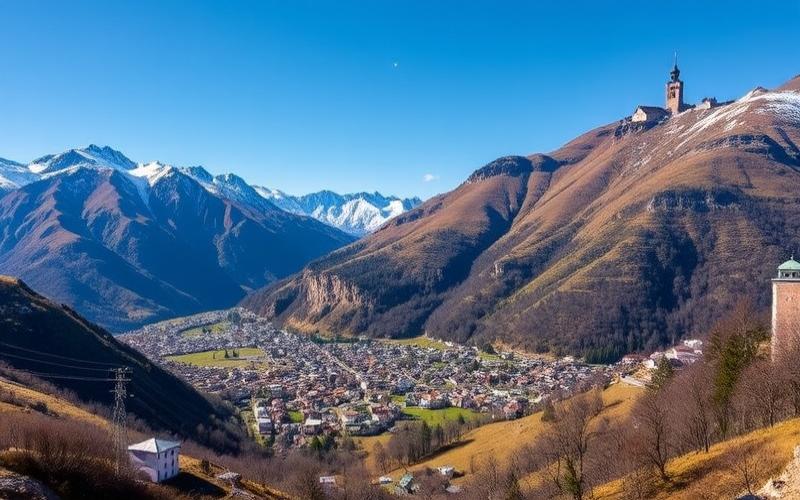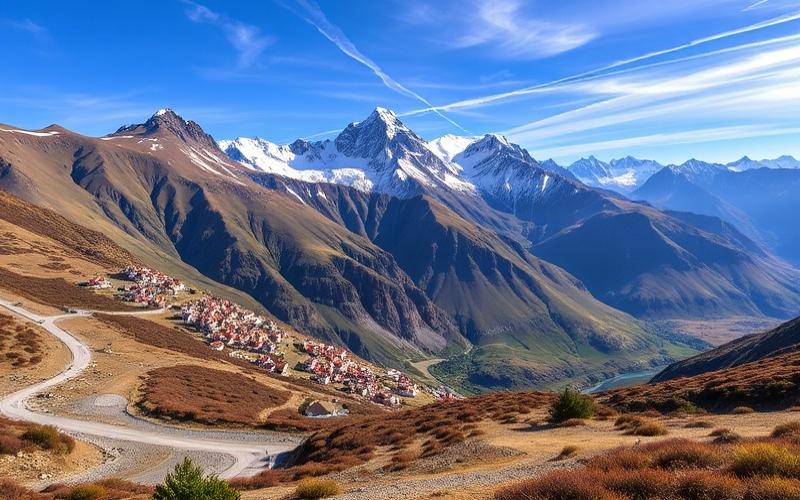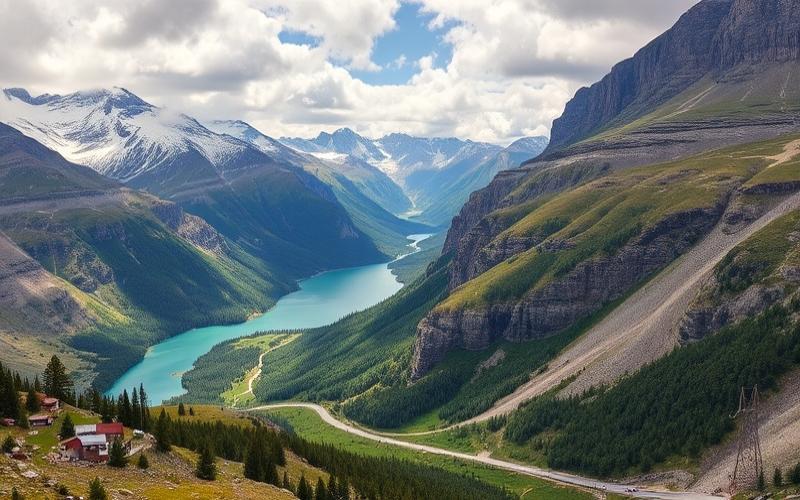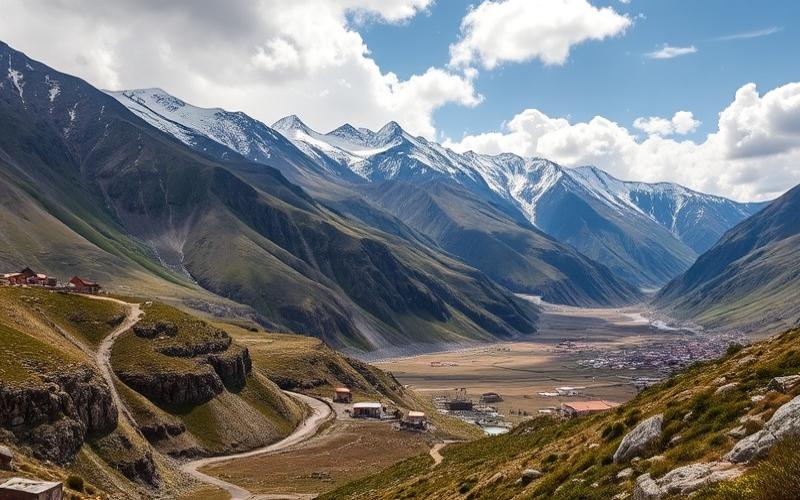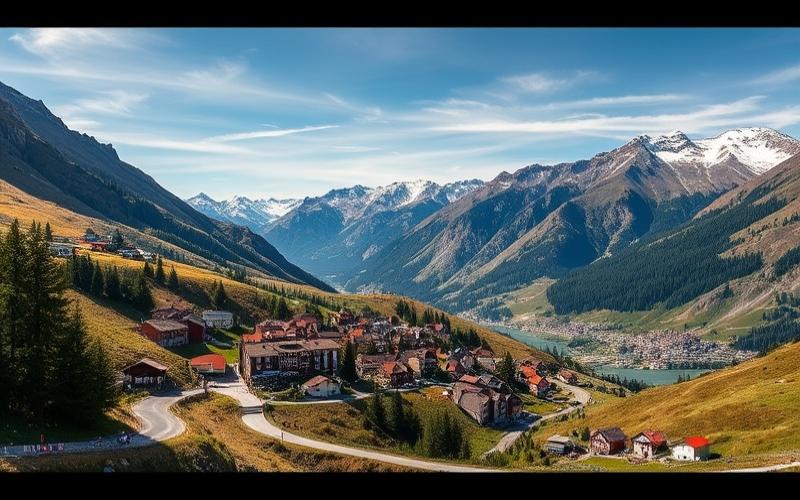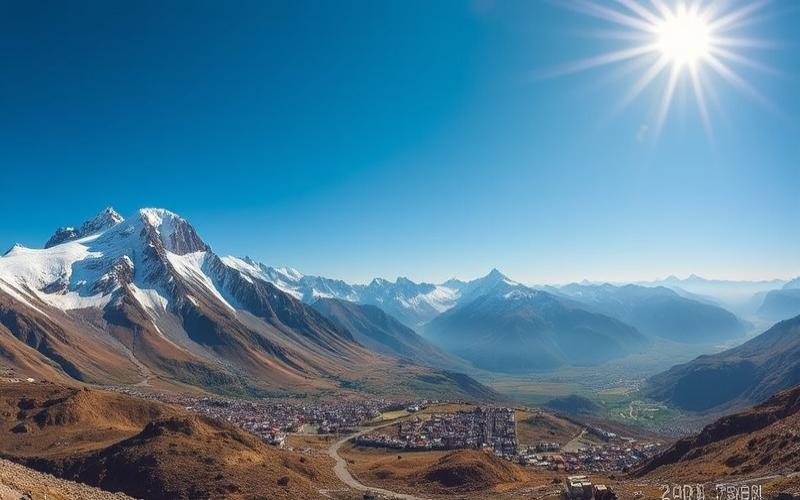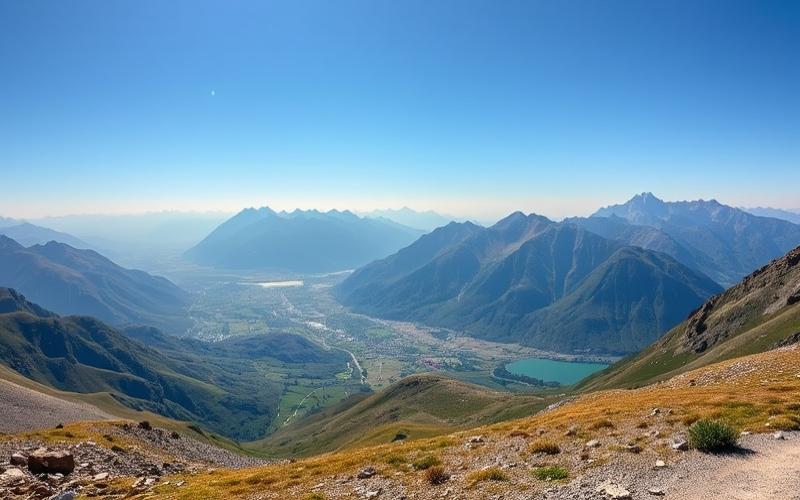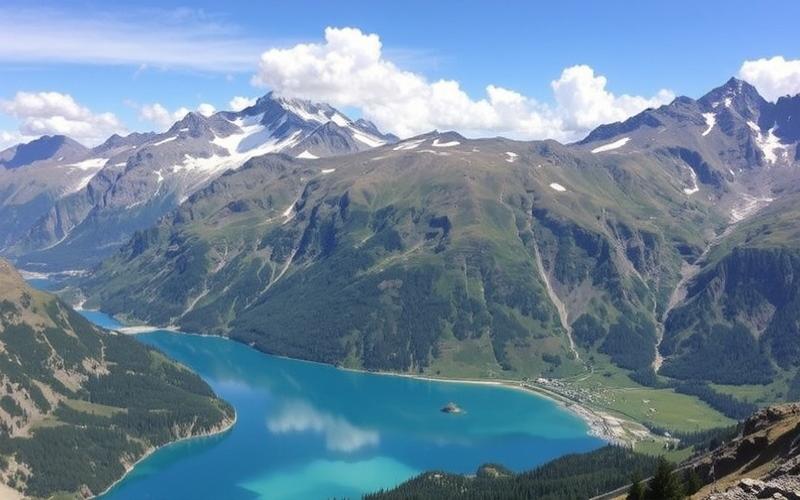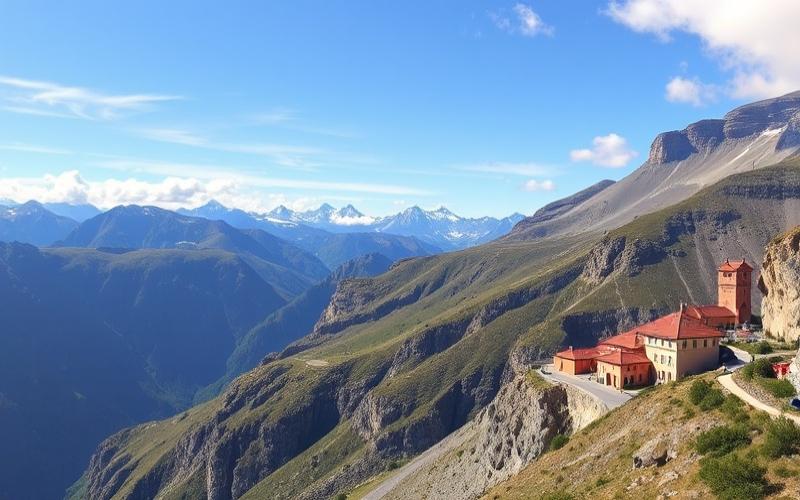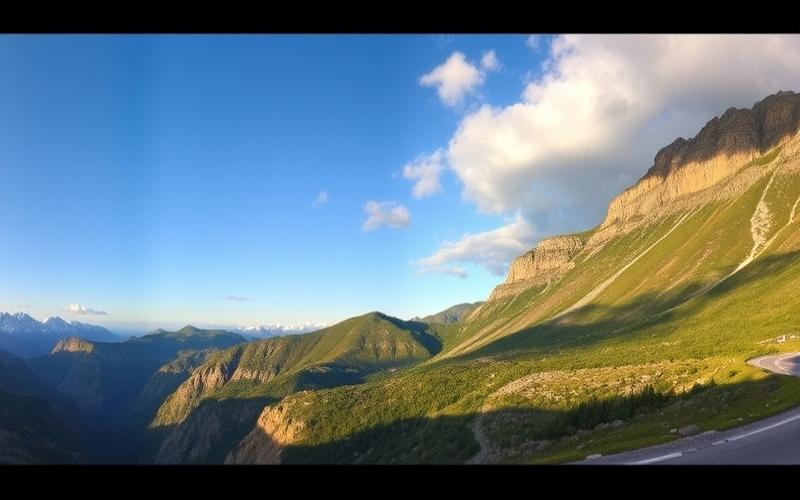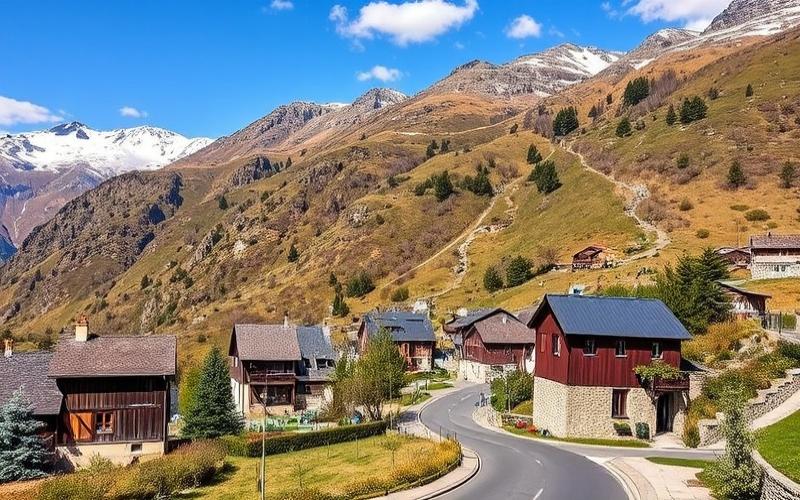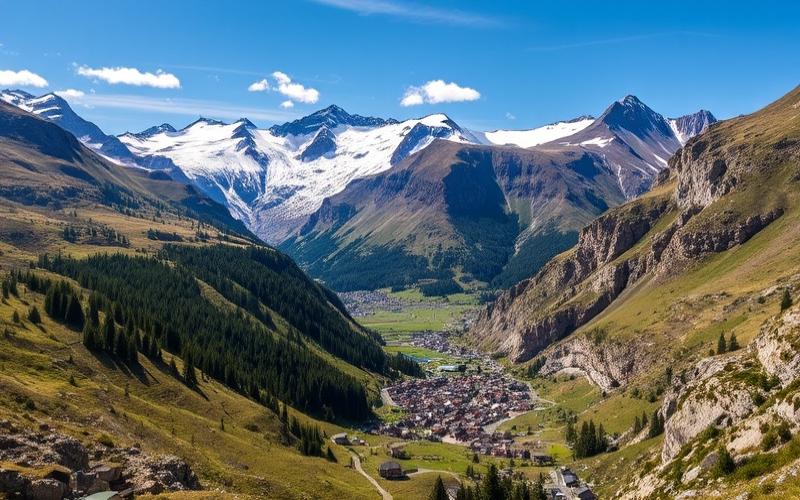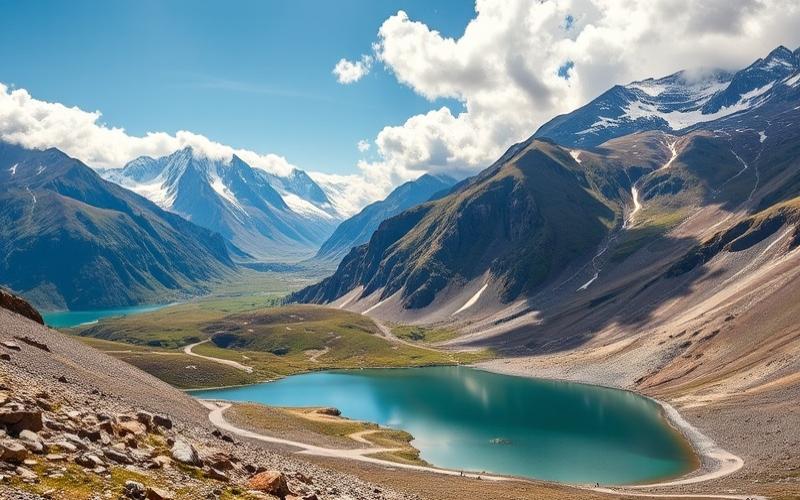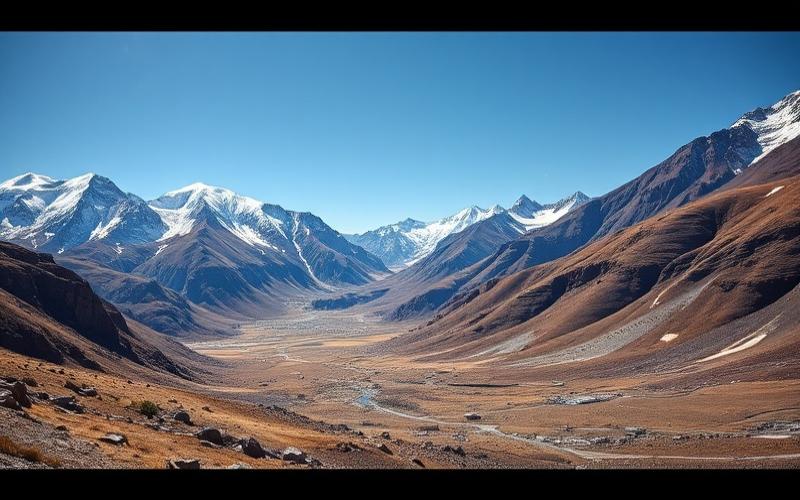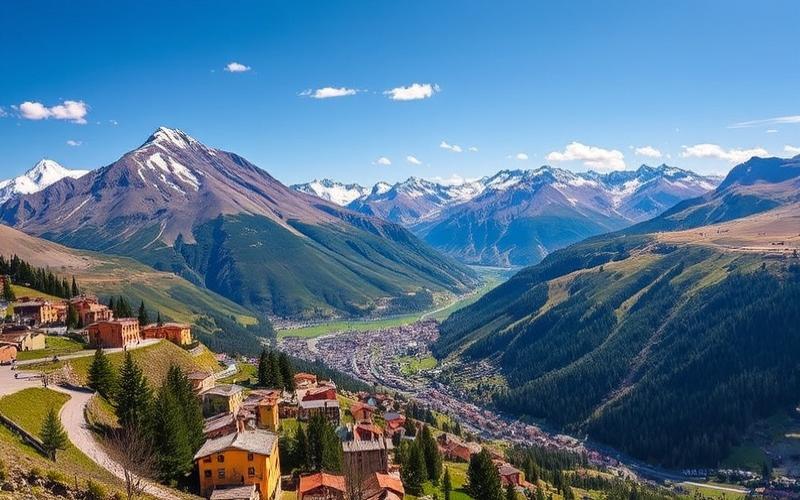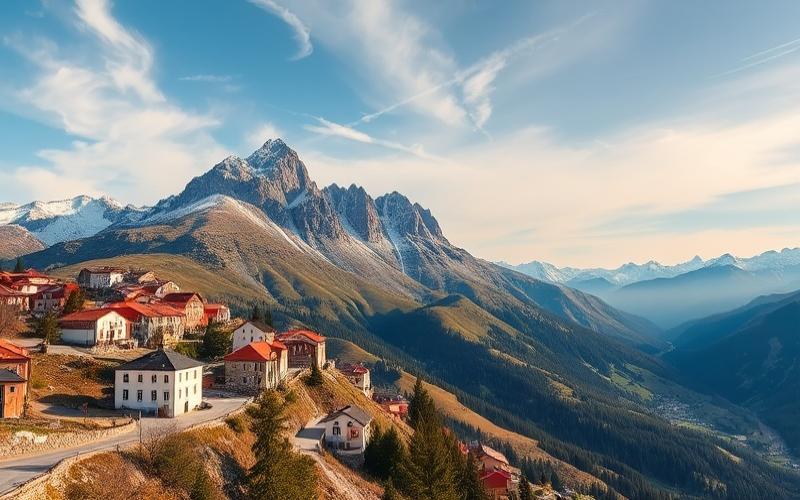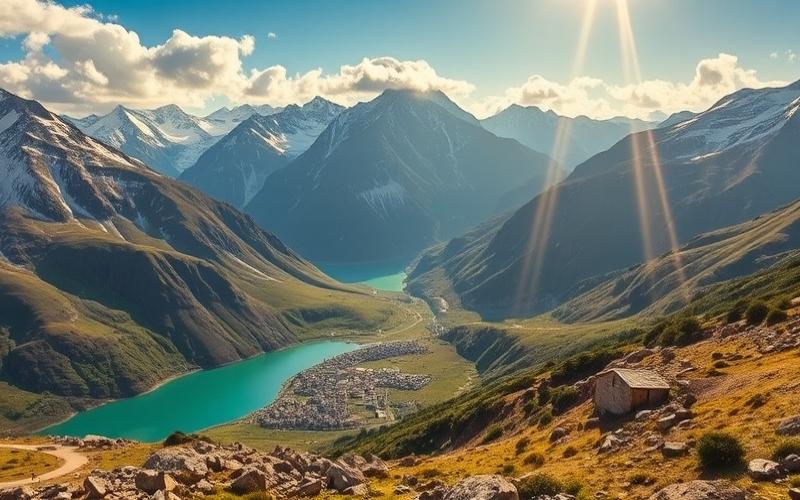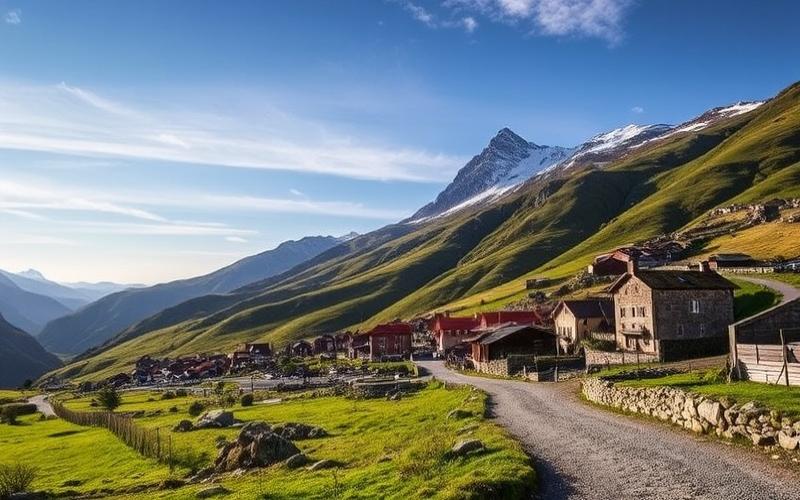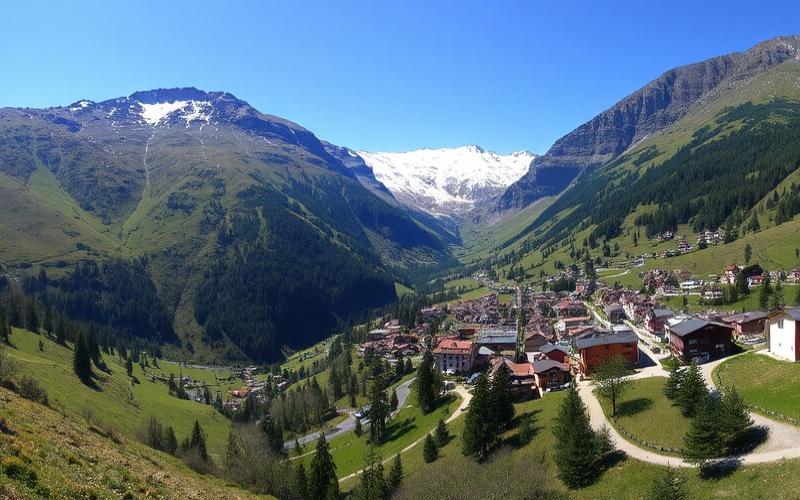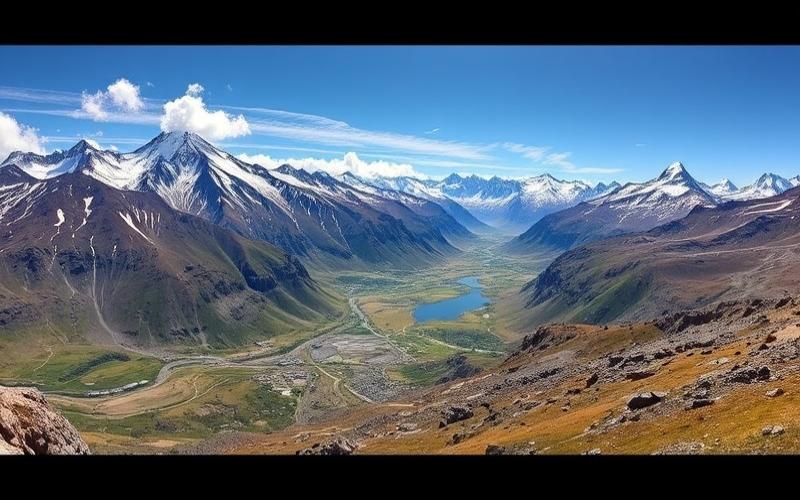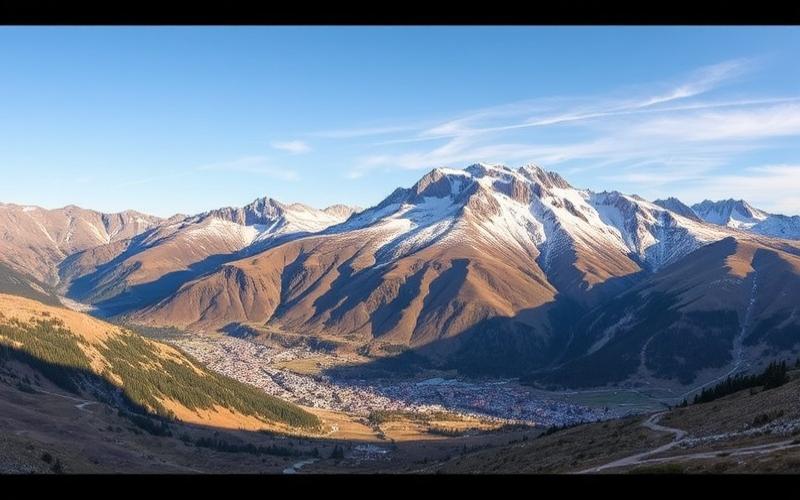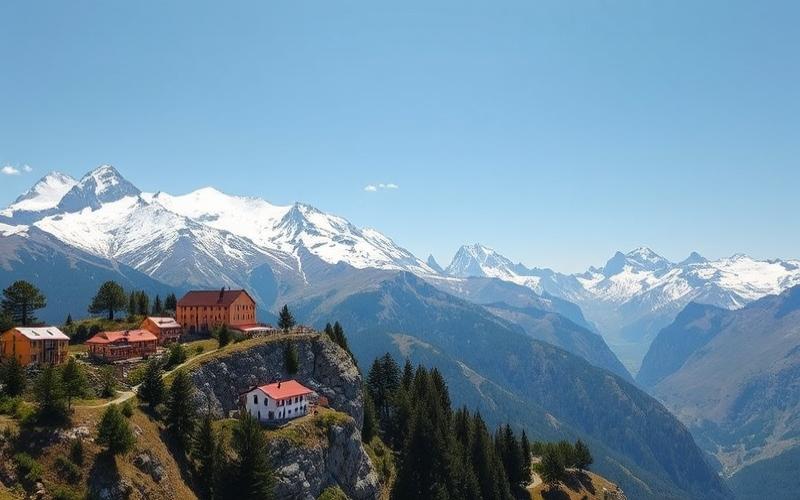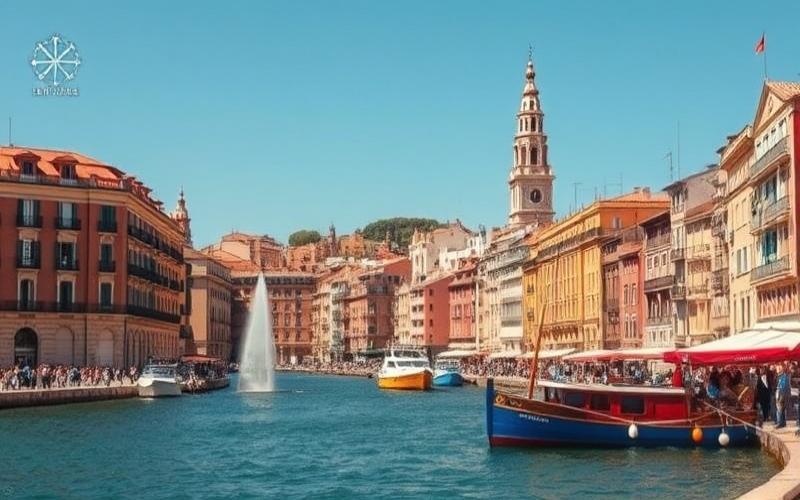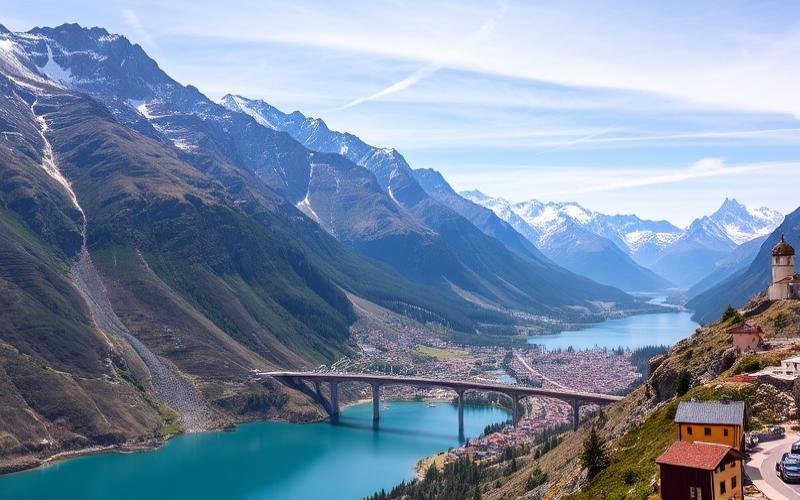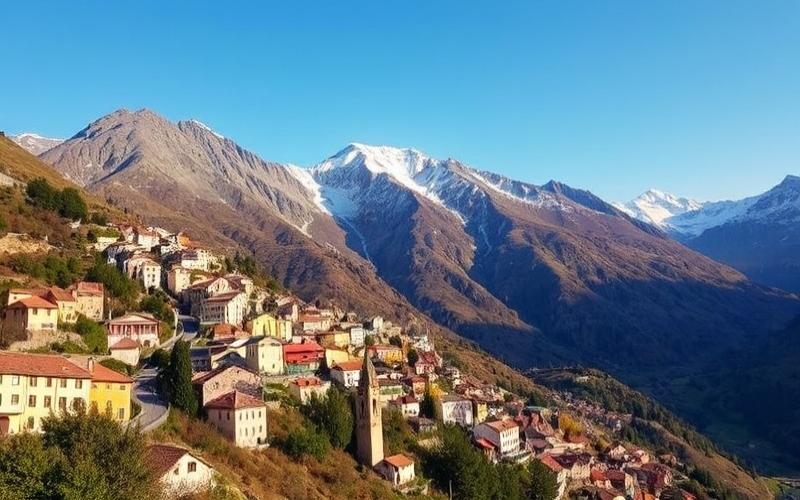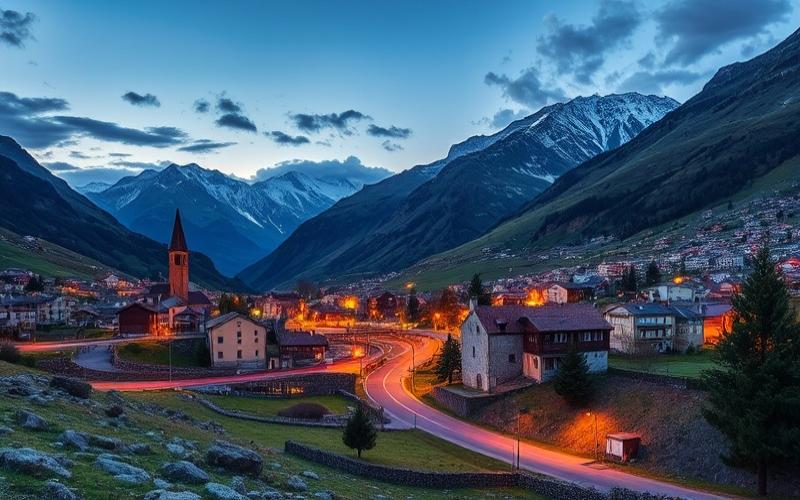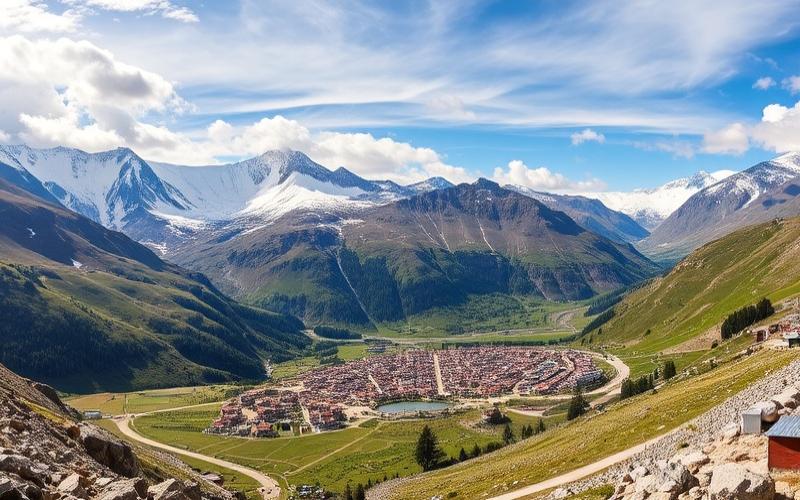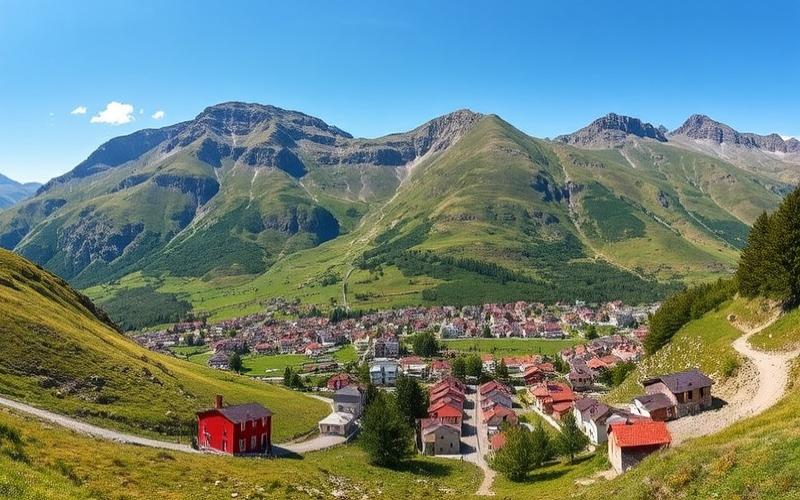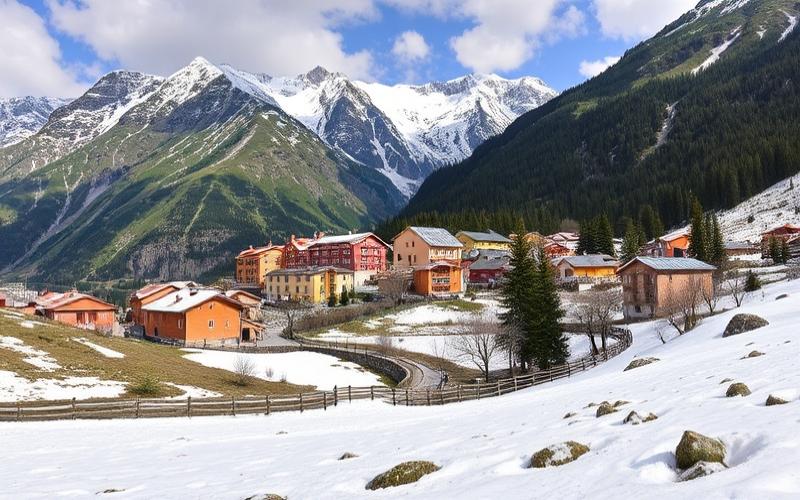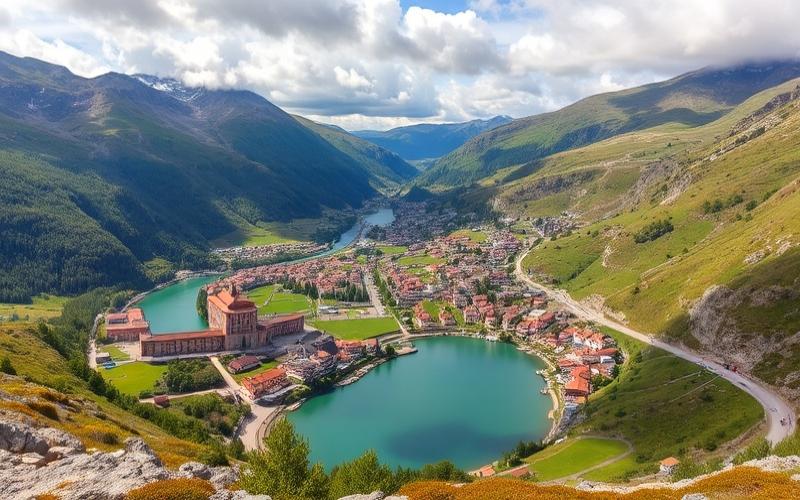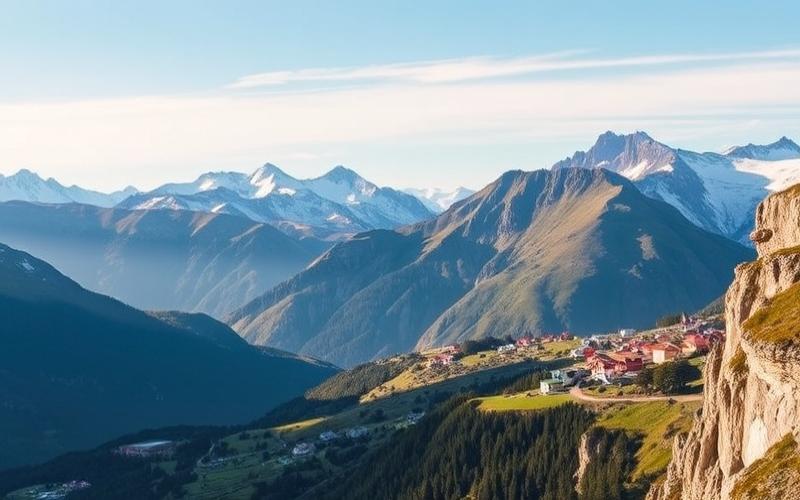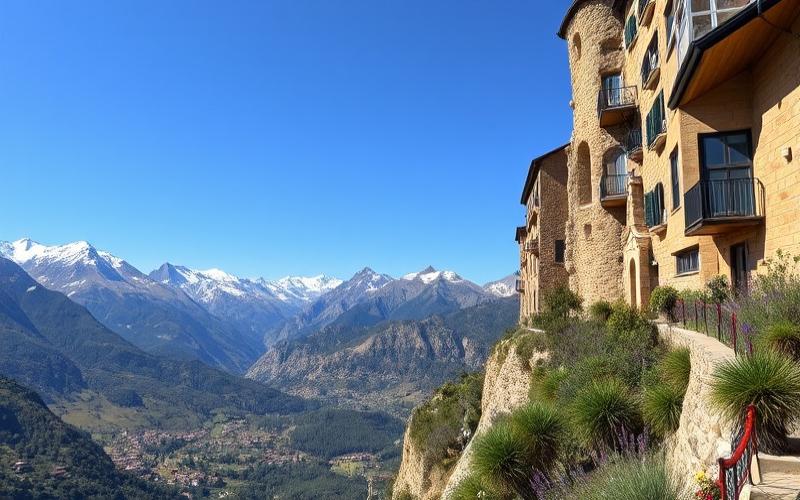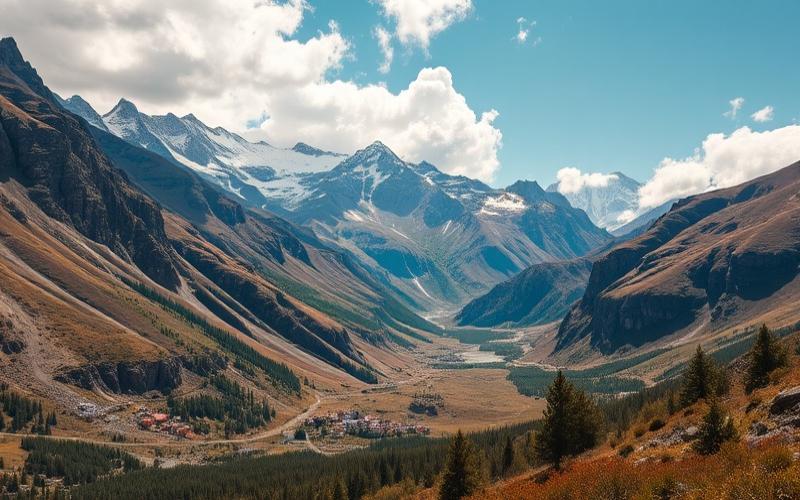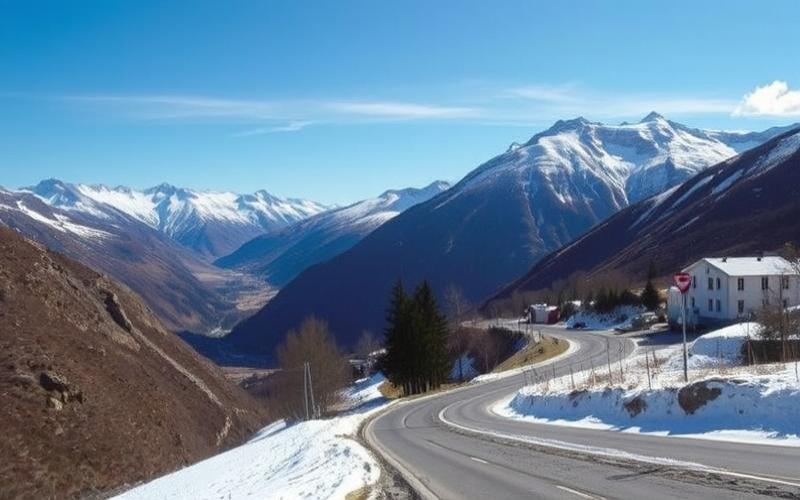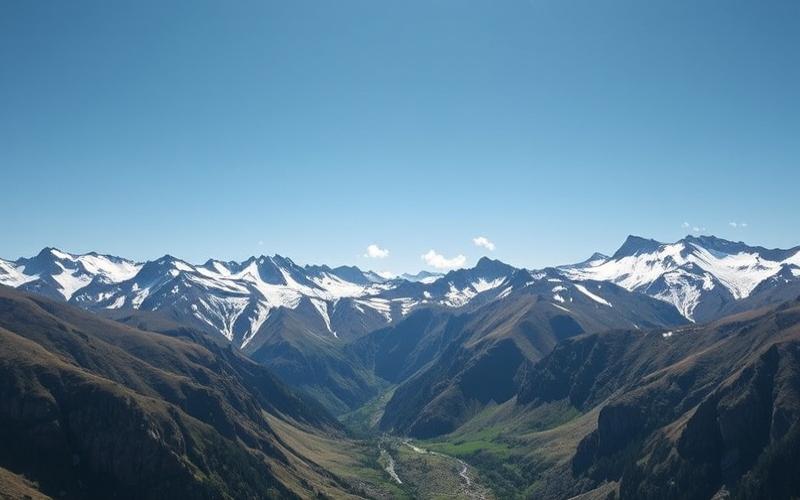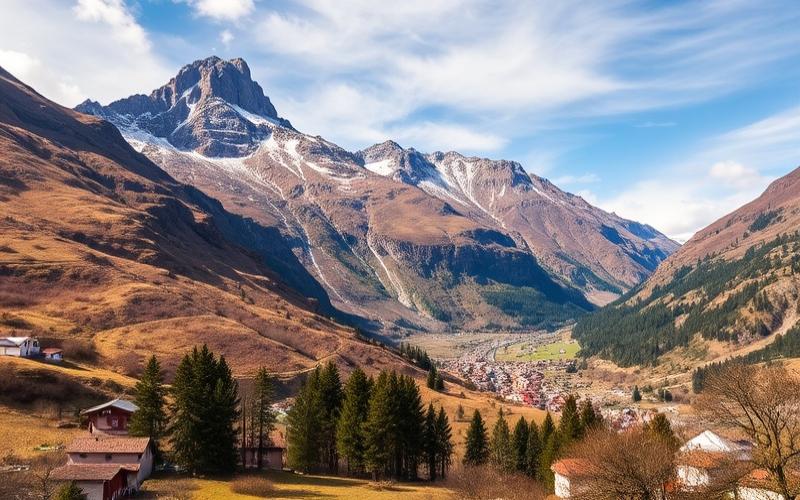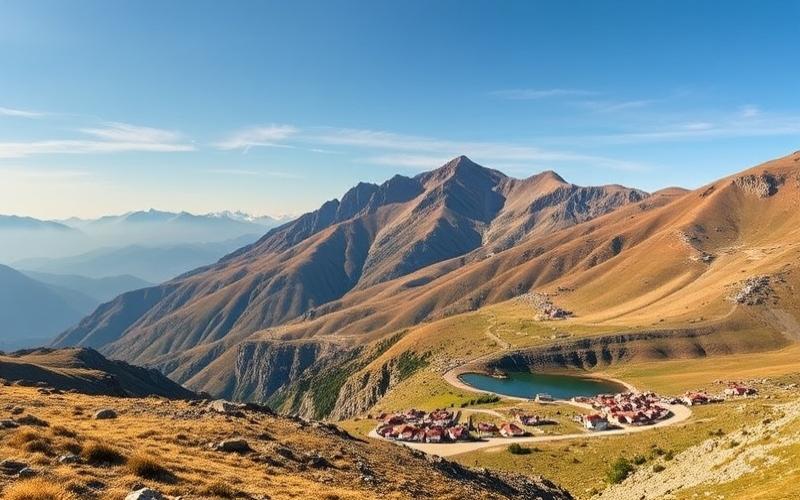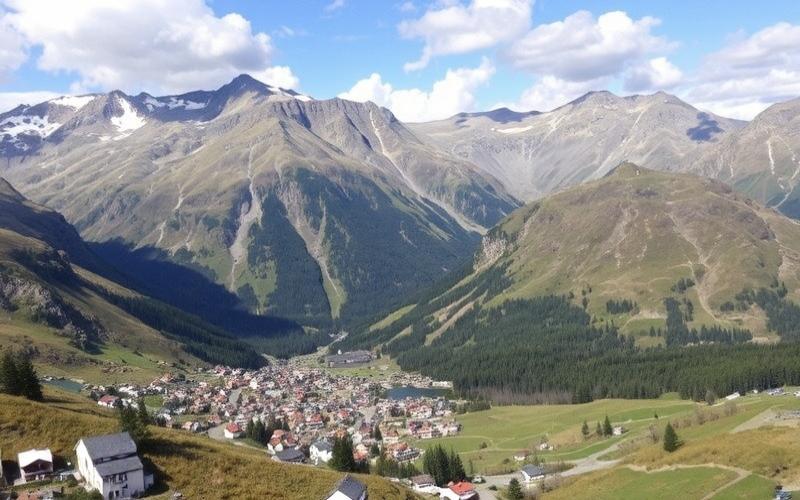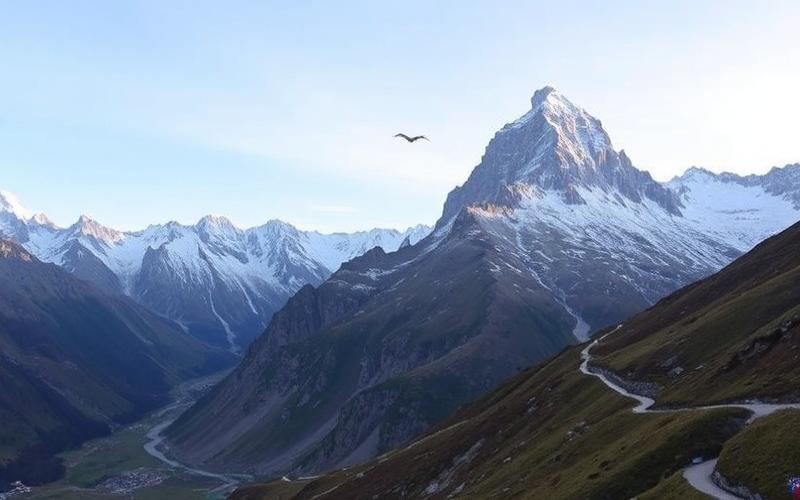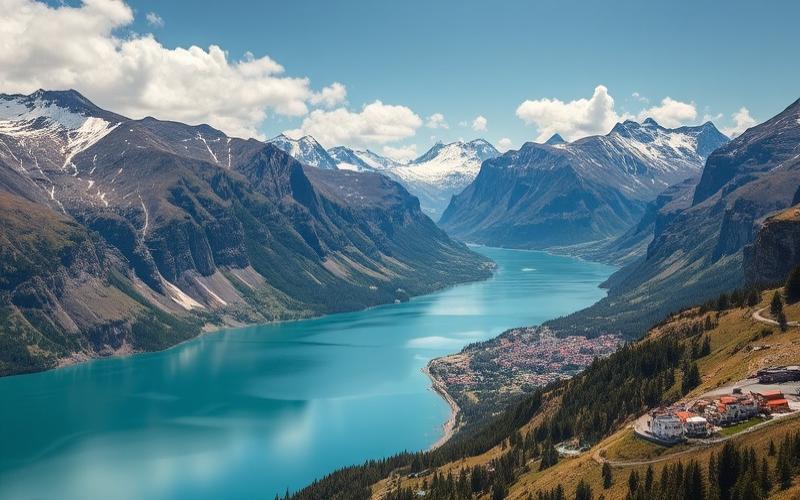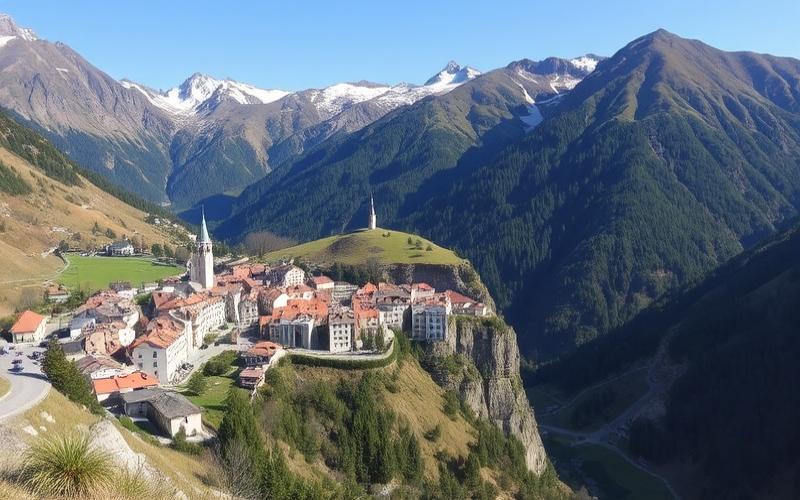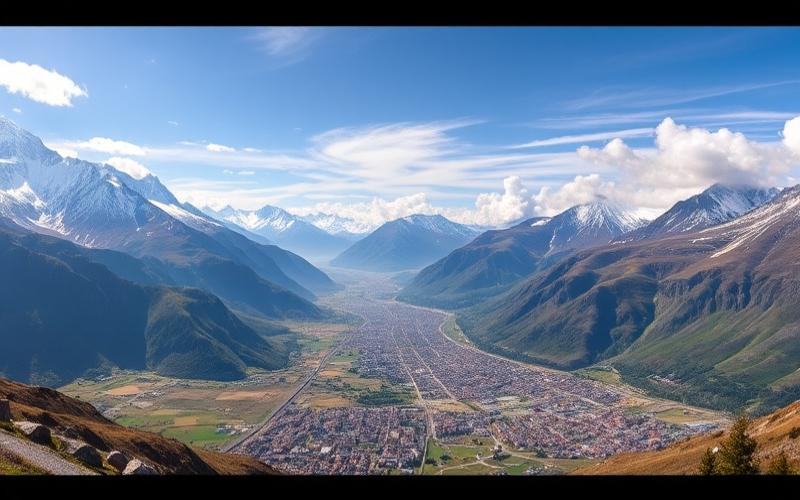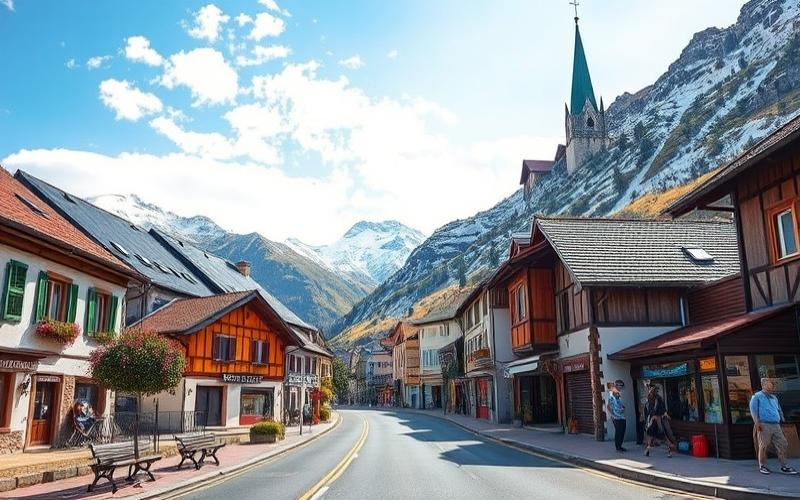
 Published on and written by Cyril Jarnias
Published on and written by Cyril Jarnias
Nestled between France and Spain, Andorra is far more than its snowy slopes and tax-free shops; it conceals picturesque villages, true treasures of charm and history.
As the world turns toward sustainable and authentic investments, the opportunities in 2025 for investing in these havens of peace deserve particular attention.
Offering both an idyllic living environment and promising profitability, these villages captivate investors seeking the perfect balance between tradition and modernity.
Through cobblestone alleys and period architecture, an economic and cultural adventure awaits those ready to discover the nuances of this fascinating country.
Highlighting the Profitability of Rural Real Estate in Andorra
The profitability of rural real estate in Andorra is growing rapidly, driven by increasing demand, attractive tax benefits, and the rise of tourism in authentic villages.
- Return on Investment (ROI):
- The average return on investment for rural properties ranges between 5% and 7% per year, slightly higher than that observed in urban centers like Andorra la Vella or Escaldes-Engordany, where rental yield stagnates around 4% to 5%, mainly due to rapidly rising purchase prices.
- Rural areas such as Sant Julià de Lòria show a more accessible average price per square meter (€3,633/m² compared to nearly €5,900/m² in the capital), allowing for better rental profitability despite slightly lower rents.
| Area | Purchase Price/m² (€) | Average Rent/m² (€) | Rental ROI (%) |
| Sant Julià de Lòria | 3,633 | 17.74 | ~6 |
| Canillo (rural/tourism) | ~4,000 | 24.42 | ~7 |
| Andorra la Vella | 5,872 | ~21 | ~4–5 |
Current Rural Market Trends:
- Accelerated growth in the number of rural transactions at the start of the year (+70% Q1/Q1), especially before the recent tightening on foreign investment.
- New rural properties benefit from strong appreciation (+8%) due to scarcity and recent energy requirements.
- Renovation in older properties remains attractive for investors seeking a lower entry cost.
Specific Tax Advantages:
- Highly advantageous real estate taxation:
- Property income tax capped at 10%, significantly lower than European standards.
- Additional tax reductions for ecological investments or high-performance energy renovations.
- Reduced notary fees for certain new development programs.
Impact of Tourism on Rural Demand:
Tourism development strongly favors high-end seasonal rentals in typical villages like Ordino or Canillo:
- Average annual rent increase >10% for the past two years in these sought-after tourist areas.
- High occupancy rate (>80%) throughout the winter season; gradual extension into summer thanks to cycling tourism and hiking.
Recent concrete examples:
- A renovated farmhouse in Canillo purchased at the end of 2022 for approximately €420,000, now valued around €520,000, generates over €30,000 gross annually in short-term rentals (i.e., >7% gross).
- Several old chalets converted into high-end vacation rentals show a record annual occupancy rate (>85%) with a stable international clientele.
Forecasts for 2025 & Factors Influencing Future Profitability:
List of Key Factors:
- Likely continuation of upward price pressure on rural properties as long as supply remains limited against sustained foreign demand;
- Possible strengthening of regulatory measures regarding foreign access by mid-2025;
- Expected continuation of government fiscal support, particularly through green incentives;
- Resilient international tourism providing stability to rental income even outside the winter season;
Good to Know:
Rural real estate in Andorra offers attractive profitability, often surpassing urban areas with an average return on investment of 6% in 2023, compared to 3.5% in the city. Current trends show increasing demand for properties in authentic villages, driven by growing tourism and Andorran government tax benefits, including tax reductions for foreign investors. Recent examples include the purchase of old barns converted into vacation homes, generating significant rental income. In 2025, profitability is expected to increase further, supported by the development of tourist infrastructure and increased focus on ecotourism, although factors like fluctuating interest rates and real estate legislation could influence these forecasts.
Authentic Villages: A Heritage to Preserve and Enhance
Authentic Characteristics of Andorran Villages:
- Traditional Architecture:
Andorran villages are distinguished by their stone houses, slate roofs, ornate wooden balconies, and cobblestone streets that testify to centuries-old craftsmanship. The Romanesque church, bordes (old farm buildings), and historic homes, as seen in Ordino or Pal, illustrate the local roots in Romanesque and mountain heritage. - Living History:
The urban fabric preserves medieval remains, fortifications, and elements of past rural life. For example, the village of Els Bons houses the 12th-century Sant Romà Church, the Moorish Tower, and historic irrigation systems. Local museums, like Casa Areny-Plandolit in Ordino, offer an immersion into Andorran life since the 15th century. - Picturesque Landscapes:
Surrounded by peaks exceeding 2,900 meters, green valleys, forests, and pastures, these villages offer spectacular panoramas of the Pyrenees and maintain a peaceful atmosphere, ideal for contemplation and photography.
Benefits of Preservation for Residents and Visitors:
For Residents:
- Strengthening of local belonging and pride.
- Maintenance of cultural identity and traditions.
- Improved quality of life in a healthy environment, preserved from mass tourism.
For Visitors:
- Discovery of an authentic and preserved heritage.
- Immersive experiences (hiking, tasting artisanal products, staying in historic buildings).
- Access to outdoor activities (winter sports, cultural walks, pilgrimage routes).
Contribution to Sustainable Development and Tourist Attractiveness:
Preserving architecture and landscapes ensures the transmission of a unique heritage, promotes environmentally respectful tourism, and limits the artificialization of spaces.
Enhancing local crafts and regional products stimulates the circular economy and encourages the settlement of young artisans or entrepreneurs.
Authentic villages become hubs of attractiveness for high-end, family, or cultural tourism, seeking personalized and sustainable experiences.
Current Protection and Promotion Initiatives:
- Classification and restoration of historic monuments (Romanesque churches, noble houses, irrigation systems).
- Development of museums and thematic circuits to enhance local history and traditions.
- Promotion of agritourism and micro-producers (artisanal charcuterie, dairy products, mountain wines).
- Municipal renovation programs aimed at preserving architectural harmony and supporting traditional housing.
Investment Opportunities for 2025:
| Sector | Enhancement Opportunities | Authenticity Requirements |
|---|---|---|
| Real Estate Renovation | Rehabilitation of old buildings into vacation rentals, charming hotels, second homes | Respect for traditional materials and techniques, landscape integration |
| Hospitality | Creation of guesthouses, family inns | Offering local experiences, regional products, highlighting heritage |
| Local Commerce | Craft shops, gourmet grocery stores, workshops | Local sourcing, enhancement of artisanal know-how |
| Agritourism | Farms open to the public, tastings, short supply chains | Authenticity of production, respect for natural cycles |
| Cultural Activities | Organization of festivals, markets, guided tours | Programming rooted in local history, involvement of residents |
Economic and Cultural Potential for Investors:
- Growing profitability thanks to demand for quality, sustainable, and differentiating tourism.
- Enhancement of cultural capital and brand image, through association with an authentic and preserved territory.
- Diversification of income through complementary service offerings (accommodation, dining, cultural and nature activities).
- Positive spillover effect on the local economy, with job creation and revitalization of villages.
- Enhanced attractiveness to an international clientele sensitive to ethics, ecology, and authenticity.
Preserving and investing in Andorran villages means participating in the transmission of a living heritage, while committing to respectful, innovative, and sustainable tourist and economic development.
Good to Know:
Andorran villages stand out for their traditional stone and wood architecture, rich history, and picturesque mountain landscapes, constituting a precious heritage to preserve. Conserving these villages offers major economic and cultural benefits for both residents and visitors, by strengthening local identity and boosting tourism. Government initiatives, such as the classification of historic sites, encourage the protection and promotion of these authentic villages, providing a favorable framework for investment projects in 2025. Restoring old homes to convert them into tourist accommodations or supporting local commerce through artisanal markets are promising opportunities. These actions not only promote sustainable development but also enhance tourist appeal, while investors can benefit from tax incentives and a return on investment linked to increased tourist traffic and property value appreciation.
Investment Opportunities in Andorra: Focus on Underestimated Rural Regions
Andorra’s rural regions are mainly located in the less urbanized valleys and on the sunny mountain slopes, particularly around parishes like Sant Julià de Lòria. They are distinguished by low population density, preserved traditional Catalan culture, and a rural lifestyle contrasting with the urbanization concentrated in the capital Andorra la Vella and its surroundings.
Comparative Table: Rural vs Urban in Andorra
| Criterion | Rural Regions | Urban Areas |
|---|---|---|
| Population | Low | High |
| Culture | Traditional Catalan | Cosmopolitan |
| Lifestyle | Focused on nature & agriculture | Commercial & tourist-oriented |
| Infrastructure | Limited | Developed |
Attractive Economic Sectors:
- Organic Agriculture
Despite limited agricultural land (about 4% of the territory), organic agriculture is seeing growing interest. Valleys below 1,500 meters favor specialized cultivation (tobacco, market gardening) and the development of certified organic farms. - Eco-tourism
The natural wealth (UNESCO-classified natural parks, forests covering over a third of the country) attracts visitors seeking hiking, gentle sports activities, and eco-friendly accommodations. - Renewable Energy
Hydroelectric potential is notable thanks to alpine streams; solar projects benefit from good annual sunshine.
List of Government Incentives to Invest in Rural Areas:
- Specific tax reductions for sustainable agricultural or tourist investments
- Subsidies for agricultural modernization (organic/innovative equipment)
- Support for green start-ups via local public funds
- Administrative facilitation for the purchase or rental of rural land
- Programs dedicated to rural revitalization aimed at attracting young entrepreneurs
Growth Potential and Concrete Examples:
- Sector studies show that Andorran eco-tourism has progressed with more offers focused on high-end nature stays.
- Local organic farms have developed short supply chains to the Andorran urban market.
- A rural cooperative recently invested in a village solar park combined with market gardening production.
List of Major Assets of Andorran Rural Regions:
- Superior quality of life: clean air, preserved environment
- Exceptional natural heritage: UNESCO protected parks
- Real opportunities for sustainable development: resilient economic model in the face of global crises
For any investor seeking secure diversification, ecological sustainability, and patrimonial enhancement, these regions offer a strategic alternative to the traditional urban sector.
Good to Know:
Andorra’s rural regions, located mainly in the peripheral valleys, stand out for their rich cultural heritage and proximity to nature, contrasting with urban dynamism. These areas offer interesting investment opportunities in sectors such as organic agriculture, eco-tourism, and renewable energy. The government encourages investments in these regions through incentives like tax reductions and subsidies for sustainable projects. Market studies show promising growth in these sectors, with examples of investments in solar energy and agro-ecological farms. Rural regions attract with their high quality of life, environmental preservation, and the possibility to develop innovative and sustainable projects, offering investors robust and long-lasting diversification of their portfolios.
Disclaimer: The information provided on this website is for informational purposes only and does not constitute financial, legal, or professional advice. We encourage you to consult qualified experts before making any investment, real estate, or expatriation decisions. Although we strive to maintain up-to-date and accurate information, we do not guarantee the completeness, accuracy, or timeliness of the proposed content. As investment and expatriation involve risks, we disclaim any liability for potential losses or damages arising from the use of this site. Your use of this site confirms your acceptance of these terms and your understanding of the associated risks.

